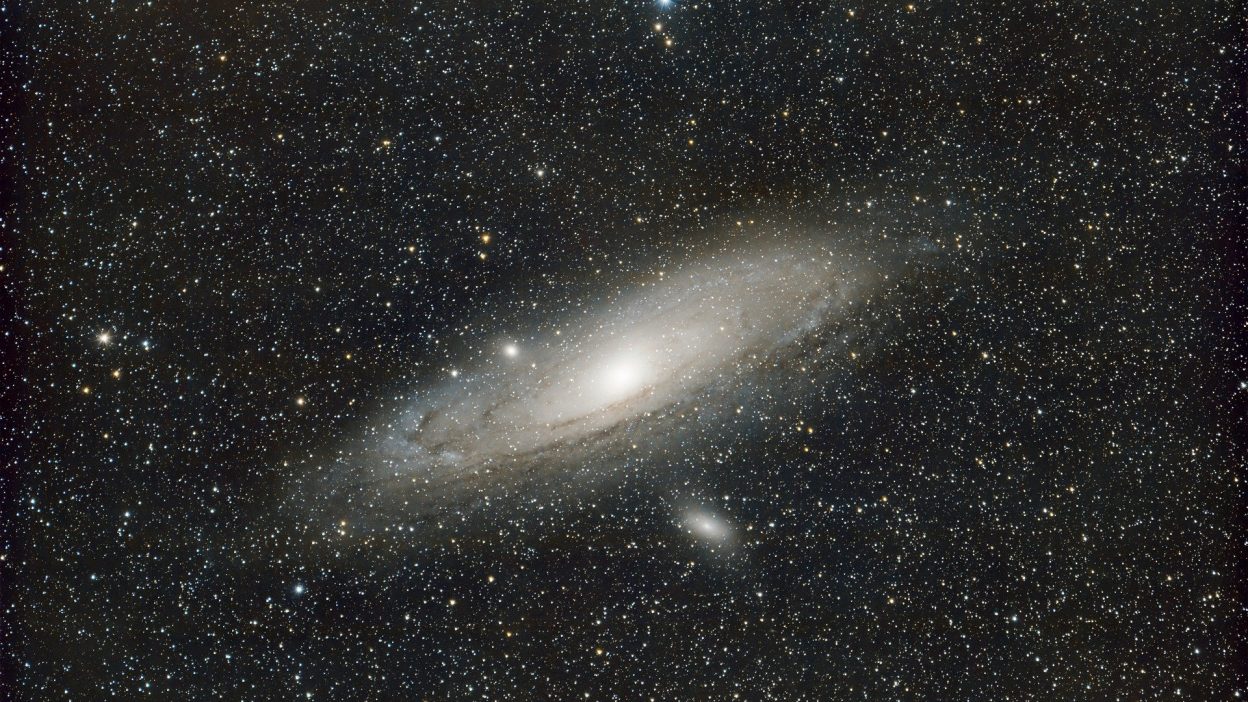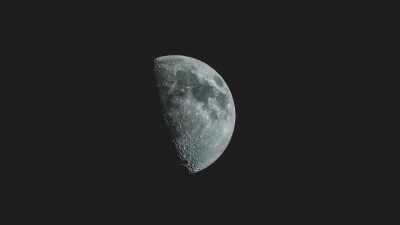The universe is vast beyond imagination
Housing everything from micro-asteroids just a few feet across to galactic superclusters spanning billions of light-years. In this blog, we take you on a journey through space, comparing the smallest and largest objects in the cosmos to put their scale into perspective.
Introduction
Space is immense—so vast that even our Sun, which is 863,000 miles in diameter, is considered tiny in comparison to other celestial objects. Have you ever wondered just how big things can get in the universe? From tiny asteroids to monstrous black holes and superclusters, this blog takes you on an incredible journey through the biggest and smallest objects in space.
Tiny Space Objects: The Smallest Things in the Universe
- Micro-Asteroids
- The smallest space rock we’ve detected is 2011 CQ1, measuring just 3 feet across.
- Mini Asteroids
- A larger micro-asteroid, Duende, is 98 feet across—still tiny in cosmic terms!
- Small Moons and Moonlets
- S/2009 S 1, a moonlet within Saturn’s rings, is about 1,000 feet in diameter.
- Larger Asteroids
- 2006 HY51, found in the asteroid belt, is already 3,900 feet across.
- Smallest Moons
- Ferdinand, a moon of Uranus, is just 12.4 miles in diameter.
- Lacrimosa, an asteroid, is 26 miles across, making it larger than Olympus Mons, the biggest volcano on Mars.
Medium-Sized Celestial Bodies
- Dwarf Planets
- Makemake, one of the largest dwarf planets, measures 882 miles across.
- Our Moon and Planets
- The Moon has a diameter of 2,100 miles.
- Mars is 4,200 miles wide, making it about half the size of Earth.
- Earth itself is 7,917 miles across, making it a relatively small planet in the grand scheme of things.
- Gas Giants
- Neptune, the smallest gas giant, is 30,600 miles in diameter—four times Earth’s size.
- Saturn, with its majestic rings, is 72,000 miles across.
- Jupiter, the largest planet in the Solar System, is 86,881 miles wide.
The Gigantic Stars of the Universe
- The Sun: Our Local Star
- The Sun has a massive diameter of 863,000 miles, but it pales in comparison to other stars.
- Bigger and Brighter Stars
- VV Cephei B is 13 to 25 times the Sun’s size.
- Polaris, the famous North Star, is 37.5 times bigger than the Sun.
- Deneb, the brightest star in its constellation, is 203 times larger than the Sun.
- The Giants Among Stars
- Betelgeuse, a red supergiant, is 955 times larger than the Sun.
- UY Scuti, the largest known star, is a whopping 1,700 times the Sun’s size, with a diameter of 1.5 billion miles.
Supermassive Black Holes: The Giants of the Cosmos
- Messier 87 Black Hole
- The first black hole ever photographed, Messier 87, has a diameter of 23.6 billion miles.
- The Most Colossal Black Hole
- TON 618, the largest known black hole, is 0.04 light-years across—that’s so big that it would take three months for light to travel across it!
Beyond Individual Objects: The Largest Structures in the Universe
- Nebulae: The Birthplaces of Stars
- Butterfly Nebula: 3.5 light-years wide.
- Pelican Nebula: 7.1 light-years in diameter.
- Tarantula Nebula: 650 light-years wide.
- NGC 604, the largest known nebula, is 1,500 light-years in diameter.
- Galaxies and Galaxy Clusters
- The Milky Way spans 100,000 light-years.
- IC 1101, a supergiant galaxy, is a mind-blowing 2 million light-years across.
- The Local Group, which includes our Milky Way, is 10 million light-years wide.
- Superclusters: The Ultimate Giants
- Virgo Supercluster, home to our Milky Way, spans 110 million light-years.
- Laniakea Supercluster, our larger cosmic home, is 520 million light-years across.
- The BOSS Great Wall, a supercluster complex, stretches across 1 billion light-years.
- The Hercules-Corona Borealis Great Wall, the largest known structure in the observable universe, is 10 billion light-years wide—that’s almost as old as the universe itself!




